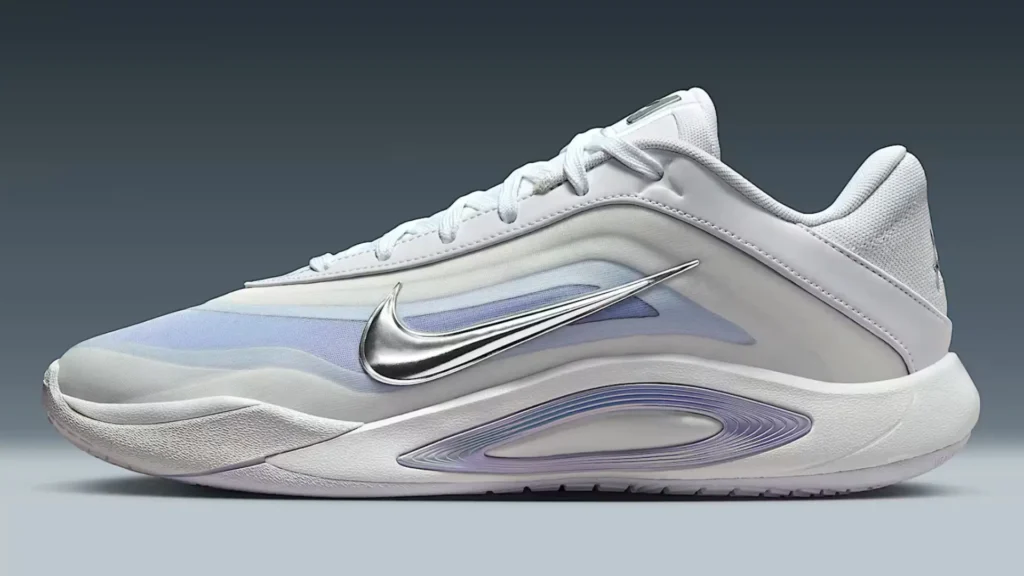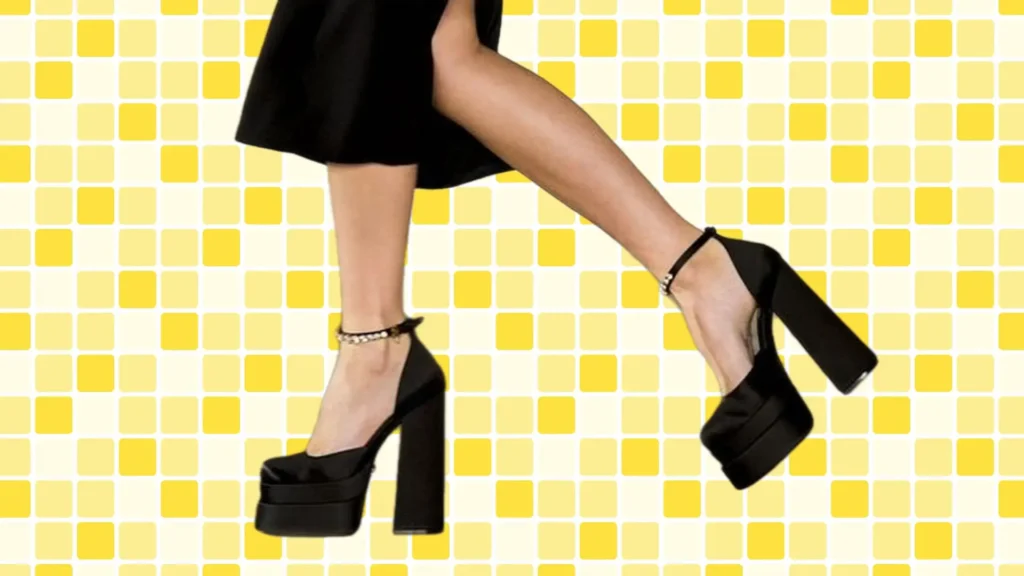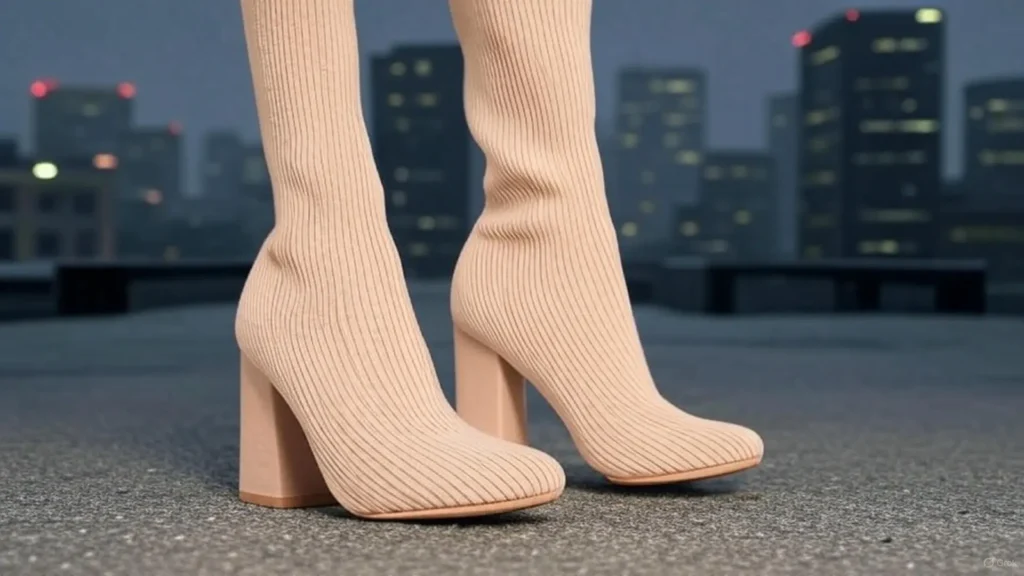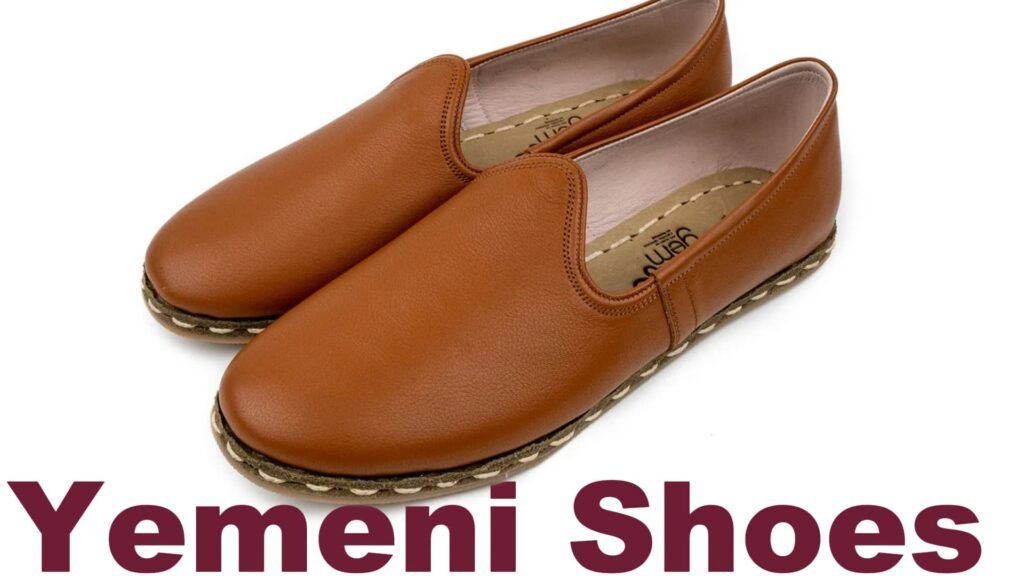You probably don’t think of skateparks when you slip on your sneakers, but the truth is, many of today’s most popular sneaker designs were born on skateboard decks. Skate culture has quietly shaped global fashion trends, especially in footwear.
Skateboarding isn’t just a sport — it’s a lifestyle. And like any lifestyle, it needs its own look. Sneakers became the foundation of that identity, blending function with bold style.
Brands have leaned into this rebellious energy to create shoes that not only perform well but also make a statement. The influence goes deeper than looks; it’s about attitude, freedom, and doing things your own way.
How Has Skate Culture Influenced Sneaker Design Trends?
Skate culture pushed sneaker design toward durability and comfort without sacrificing style. In the 1970s and 1980s, skaters needed shoes that could handle concrete grinds and high-impact landings. This led to thicker soles, reinforced stitching, and grippy outsoles — features now common in everyday sneakers.
Brands noticed how skaters mixed streetwear with performance gear. That fusion gave rise to low-top silhouettes, neutral colorways, and minimalist branding. These styles trickled into mainstream fashion, making skate-inspired sneakers a go-to for casual wear.
Over time, luxury labels borrowed cues from skate shoes. Think clean lines, rubber toe caps, and flat soles — all originally designed for grip on a board. Today, those same elements show up in collections from Gucci to Palace, proving that skate culture’s design language is more powerful than ever.
What Are the Most Iconic Skate Sneakers Inspired by Skate Culture?
Vans’ Old Skool might be the most recognizable skate shoe ever made. With its signature side stripe and durable canvas upper, it was built for skateboarding but embraced by everyone else. It’s still a top seller over 40 years later.
Nike SB Dunks are another icon. Originally made for skaters, they exploded in popularity thanks to limited drops and colorful collaborations. DC Shoes’ Tonik and Lakai’s Manchester also hold cult status among skateboarders and sneakerheads alike.
These shoes didn’t just serve a purpose — they became symbols of youth rebellion, creativity, and urban expression. Whether it’s the classic black-and-white checkerboard or a rare pro model signed by a favorite rider, these sneakers carry stories worth telling.
Why Are Sneakers Important in Skateboarding Culture?
Sneakers are more than footwear for skaters — they’re tools of the trade. A good skate shoe gives grip on the board, protects the feet from impact, and lasts through rough surfaces. But beyond function, sneakers help skaters express their individuality.
Each brand and model tell a story about where a skater comes from or what kind of tricks they do. Wearing certain shoes can even signal belonging to a group or scene. In that way, sneakers are both practical gear and personal identity markers.
They’ve become as important as the boards themselves — maybe even more so, since not every skater rides the same board, but everyone steps in the same shoes. Your choice of kicks says something about who you are — and who you want to be.
How Did Skateboarding Brands Shape Sneaker Design?
Vans helped define what a skate shoe should be. Their waffle sole pattern offered superior grip, while the padded collars protected ankles during hard landings. The brand worked closely with skaters to refine designs, ensuring each new model improved performance.
DC Shoes took a bolder approach, leaning into aggressive styling and team-driven design. They introduced cupsole construction early on, which gave better board feel and durability. Their pro models became must-haves for serious skaters.
Together, these brands laid the blueprint for modern skate sneakers — combining technical innovation with cultural relevance. Their legacy lives on in every new release that blends form, function, and fresh attitude.
What Role Does Streetwear Play in Skate-Inspired Sneaker Designs?
Streetwear and skate culture grew up together. Both value self-expression, rebellion, and authenticity. As a result, skate sneakers often mirror streetwear aesthetics — think oversized fits, graphic tees, and bold colors.
This crossover makes skate-inspired shoes wearable far beyond the skatepark. You see them in music videos, on runways, and at festivals. Brands know this appeal and design accordingly, using collaborations with artists and designers to boost street cred.
When a skate sneaker looks good with jeans or a hoodie, it becomes more than just a functional item — it becomes fashion. That’s why you’ll find Supreme, Stüssy, and Palace dropping skate-style kicks alongside their latest hoodies and snapbacks.
How Do Skate Sneakers Balance Style and Functionality?
Skate sneakers walk a tightrope between looking cool and performing well. Too bulky, and they lose their streetwear edge. Too flimsy, and they fail on the board. The best models strike a perfect balance.
Thick rubber toe caps protect against wear, while flat soles give better board control. Breathable uppers keep feet cool, and reinforced heels offer ankle support. All of this happens under a sleek exterior that blends into daily life.
It’s this dual role — part tool, part trend — that makes skate sneakers so versatile and widely loved. Whether you’re skating or simply walking downtown, these shoes keep up with your pace — and your sense of style.
Which Sneaker Brands Collaborate with Skateboarders for Designs?
Nike SB leads the pack when it comes to rider collaborations. They’ve worked with Stefan Janoski, Paul Rodriguez, and Eric Koston to create signature lines that mix tech and personality.
Vans continues to work with pro skaters too, releasing new iterations of classic models with updated materials and fresh graphics. Thrasher Magazine, not a shoe brand but deeply rooted in skate culture, has collaborated with Vans on fiery red and black editions that sell out instantly.
Palace and Supreme also tap into skate culture for their sneaker releases, showing how deep the connection runs across the fashion world. When a skater designs a shoe, it feels real — and people notice.
What Are the Key Features of Sneakers Designed for Skateboarding?
True skate sneakers come with specific features tailored to the sport. Flat, vulcanized soles provide better board feel. Reinforced toes withstand constant scraping from flip tricks. Extra padding around the ankle helps prevent injury.
Grippy outsoles are essential for staying planted on the board, especially during slides or landings. Breathable materials keep feet cool during long sessions. And strong stitching ensures the shoe holds up after repeated abuse.
These aren’t just cosmetic touches — they’re built-in protections that help skaters push their limits safely. Every element serves a purpose, whether it’s hidden cushioning or extra rubber layers where your foot hits the ground hardest.
How Has Nike SB Impacted Skate Culture and Sneaker Design?
Nike SB changed the game when it launched in 2002. It brought big-brand resources to a niche market, giving skaters access to cutting-edge tech like Zoom Air and Lunarlon cushioning. Suddenly, skate shoes weren’t just about protection — they were about performance enhancement.
Nike SB also elevated sneaker culture through storytelling. Each release had a theme, often tied to the athlete’s background or hometown. Limited drops created hype and scarcity, fueling the collector market.
Today, Nike SB remains one of the most influential forces in both skateboarding and sneaker communities. Its success showed other major brands that there’s power in authenticity — and that working with real athletes makes products stronger.
Why Do Skate Sneakers Remain Popular in Mainstream Fashion?
Skate sneakers hit a sweet spot: they’re stylish, comfortable, and steeped in counterculture history. That mix appeals to people who want to look cool without trying too hard. Plus, their minimal branding keeps them timeless.
Celebrities, musicians, and influencers regularly wear skate-style sneakers, boosting their visibility. Brands continue to refresh classic models, keeping them relevant season after season.
As long as youth culture values authenticity and self-expression, skate sneakers will stay in rotation — whether you’ve ever stepped on a board or not. So next time you lace up your favorite pair, remember — those shoes carry decades of rebellion, innovation, and streetwise flair.
Looking ahead, skate culture shows no signs of slowing down in shaping sneaker trends. Sustainability is becoming a bigger focus, with brands using recycled materials and eco-friendly dyes in new skate shoe releases. At the same time, digital culture is influencing design, with NFTs and virtual sneakers adding a futuristic twist.
Younger generations are embracing hybrid styles that mix skate, techwear, and retro influences. This opens the door for more experimental shapes, colors, and textures. Yet, despite all the changes, the core values remain: comfort, durability, and an unmistakable cool factor.
Skate sneakers are evolving, but their roots are clear. Whether you’re riding a board or walking city streets, the DNA of skate culture is stitched into every sole.
So if you’re wondering why your favorite kicks feel so familiar — it’s because they’ve been tested on pavement, perfected by pros, and worn proudly by rebels. And that’s a legacy worth stepping into.




